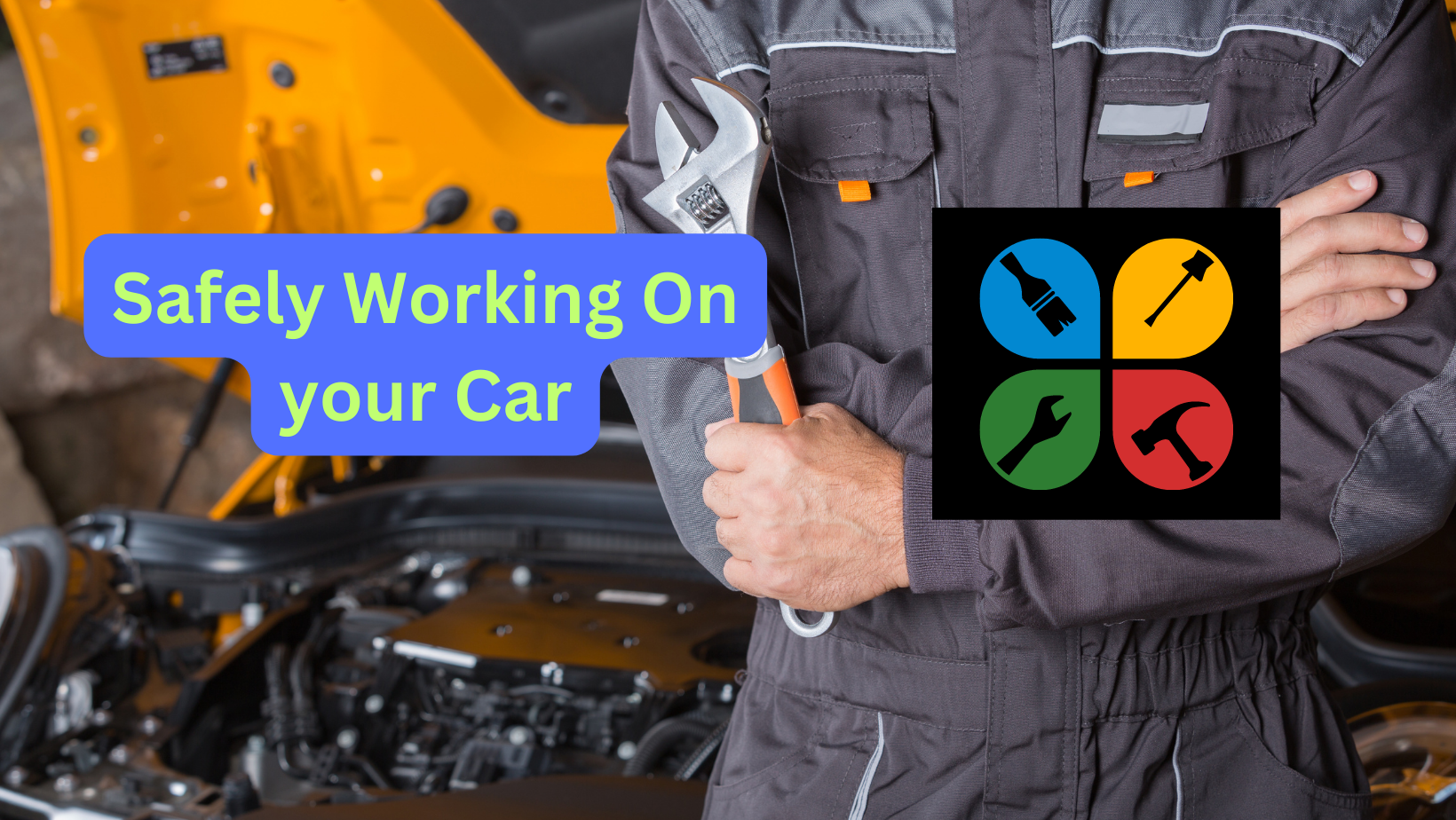
There’s something truly satisfying about getting your hands dirty while working on your car or truck. Whether you’re changing the oil, replacing a brake pad, or installing a new part, the feeling of accomplishment is undeniable. However, it’s important to remember that working on a car can be dangerous if proper precautions are not taken. In this blog post, we’ll explore some of the essential tools and safety measures you need to keep in mind while safely working on your car at home.
Supporting the Vehicle
First and foremost, it’s crucial to invest in high-quality jack stands. These stands are designed to support your car’s weight while you work underneath it. Never rely solely on a hydraulic jack to keep your car in place, as they can fail unexpectedly. Always use jack stands to secure the vehicle before you start any work underneath it.
Basic tools
When it comes to tools, a basic socket set and a set of wrenches are a must-have. These will allow you to remove and tighten nuts and bolts of various sizes. An oil filter removal tool is also necessary if you plan to change your car’s oil on your own. This tool makes removing the oil filter a breeze, which can be a real headache without it.
Speaking of changing your car’s oil, you’ll need an oil drain pan and a catch pan to collect the old oil. The oil drain pan is placed underneath the car’s oil pan to catch the draining oil, while the catch pan is used to catch any spills or overflows. A floor jack is also useful for raising your car off the ground to make it easier to access the oil pan and drain plug.
It’s also essential to have a shop manual specific to your car or truck. This manual will provide detailed instructions on how to perform various repairs or maintenance tasks, as well as the specific torque values for nuts and bolts. Having this manual on hand will save you a lot of time and frustration.

A Word About Safety
While having the right tools is crucial, safety should always be your top priority when working on your car. Another essential item to have is a pair of safety glasses. These will protect your eyes from flying debris, such as bits of rust or metal shavings. A set of mechanics gloves is also highly recommended, as they provide added grip and protection for your hands while you work. Before you start any work, make sure to park your car on a flat surface and set the parking brake. If you’re working on an incline, use wheel chocks to keep the car from rolling. Never work on your car while it’s still hot, as the engine and exhaust components can be extremely hot and burn you. Allow the car to cool down for at least an hour before starting any work.
Additionally, always wear proper safety gear, such as safety glasses and mechanics gloves. If you’re working underneath the car, use jack stands to support the weight of the vehicle. Do not rely solely on a hydraulic jack to hold the car up, as it can fail suddenly. Always use jack stands in conjunction with a hydraulic jack.
Watch Out for Hazards
It’s also important to be aware of the potential hazards while working on your car. For example, removing a battery can be dangerous if you’re not careful. Always remove the negative terminal first, then the positive terminal. When installing a new battery, connect the positive terminal first, then the negative terminal. This will help prevent sparks or electrical shorts.
Sometimes you just have to ask for help
Finally, don’t be afraid to ask for help or advice. If you’re new to working on cars, it can be overwhelming at first. Consider reaching out to someone who has experience in automotive mechanics. Having a mentor can be incredibly helpful in learning the ins and outs of working on cars, as well as providing guidance on safety precautions.
In conclusion
Safely working on your car at home can be a rewarding experience, but it’s important to remember that it can also be dangerous if proper safety measures are not taken. Investing in high-quality jack stands, safety glasses, mechanics gloves, and a basic set of tools is a must. Additionally, always be aware of potential hazards and follow the instructions in your shop manual. And, if you’re new to working on cars, consider finding a mentor to guide you along the way. With the right tools and safety precautions, working on your car can be a fun and fulfilling hobby.

Leave a Reply